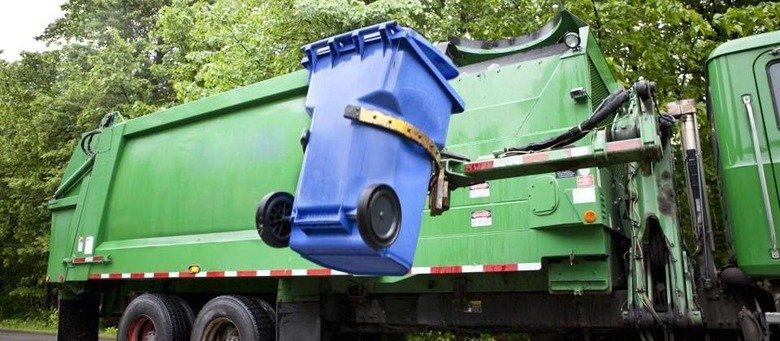
Waste collection and evacuation are integral components of urban and suburban infrastructure, playing a vital role in maintaining public health, environmental sustainability, and the overall well-being of communities. This write-up explores the significance of efficient waste management systems, detailing the processes of waste collection and evacuation and their impact on creating clean, hygienic, and sustainable living environments.
Waste Collection:
Waste collection is the initial stage of the waste management process, involving the systematic gathering of various types of waste from households, businesses, and public spaces. This process is typically carried out by municipal or private waste management services, employing a range of vehicles and equipment designed for different waste categories.
- Segregation at Source: Successful waste collection begins with the source. Communities are encouraged to practice waste segregation at home, separating recyclables, organic waste, and non-recyclables. This facilitates more effective recycling and disposal processes.
- Scheduled Collection: Waste collection services operate on scheduled routes, ensuring regular pick-ups from residential and commercial areas. Timely and reliable collection services help prevent the accumulation of waste, reducing the risk of environmental pollution and public health issues.
- Specialized Vehicles: Waste collection vehicles, such as garbage trucks and recycling vans, are equipped to handle specific types of waste. This segregation at the collection stage streamlines the subsequent stages of the waste management process.
Waste Evacuation:
Once waste is collected, it undergoes evacuation, which involves transporting the gathered waste to designated disposal facilities, recycling centers, or treatment plants. Efficient evacuation is critical to preventing the overloading of landfills, reducing environmental impact, and maximizing resource recovery.
- Transportation: Specialized vehicles transport collected waste to appropriate facilities. These vehicles are designed to minimize leakage, odor, and environmental impact during transit.
- Landfills and Treatment Plants: Different types of waste are directed to specific facilities. Landfills are used for non-recyclable and non-biodegradable waste, while recycling centers and treatment plants handle materials that can be recycled or processed to minimize environmental harm.
- Waste-to-Energy: In some cases, waste evacuation involves transporting non-recyclable waste to facilities that convert it into energy through incineration or other waste-to-energy technologies, contributing to sustainable energy production.
Impact on Communities:
- Public Health: Efficient waste collection and evacuation significantly contribute to public health by preventing the spread of diseases, minimizing the presence of pests and vermin, and reducing pollution that can harm air and water quality.
- Environmental Sustainability: Proper waste management practices promote environmental sustainability by reducing the burden on landfills, conserving resources through recycling, and mitigating the impact of hazardous waste on ecosystems.
- Community Aesthetics: A well-managed waste collection and evacuation system enhances the aesthetic appeal of communities, fostering a clean and attractive environment for residents and visitors alike.
- Resource Recovery: Recycling and waste-to-energy processes in evacuation contribute to resource recovery, extracting value from waste materials and reducing the demand for raw materials.
Conclusion:
Efficient waste collection and evacuation are essential components of building and maintaining clean, healthy, and sustainable communities. Through organized collection, responsible disposal, and resource recovery, communities can minimize their environmental footprint, protect public health, and contribute to a brighter and cleaner future. The implementation of comprehensive waste management strategies is not only a responsibility but also an investment in the well-being and prosperity of present and future generations.

